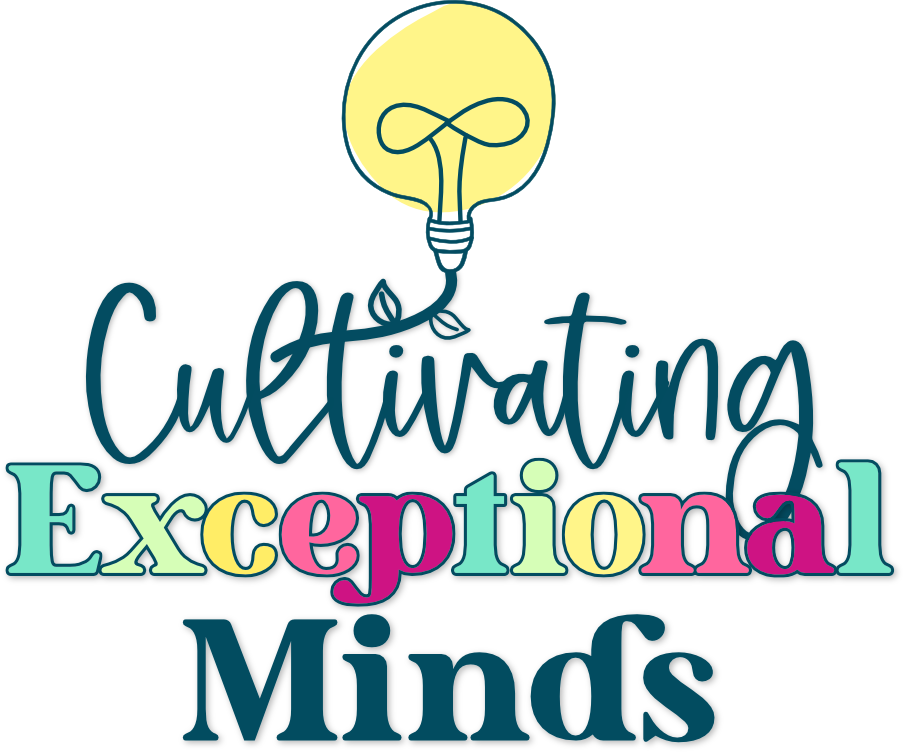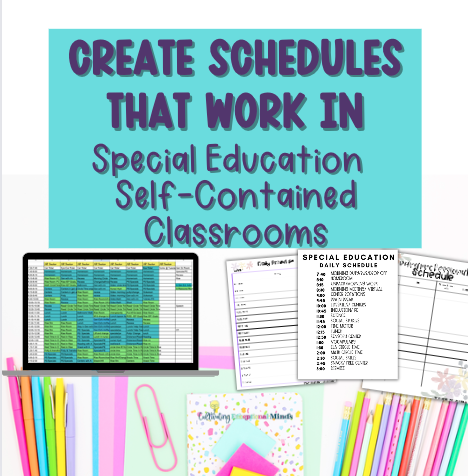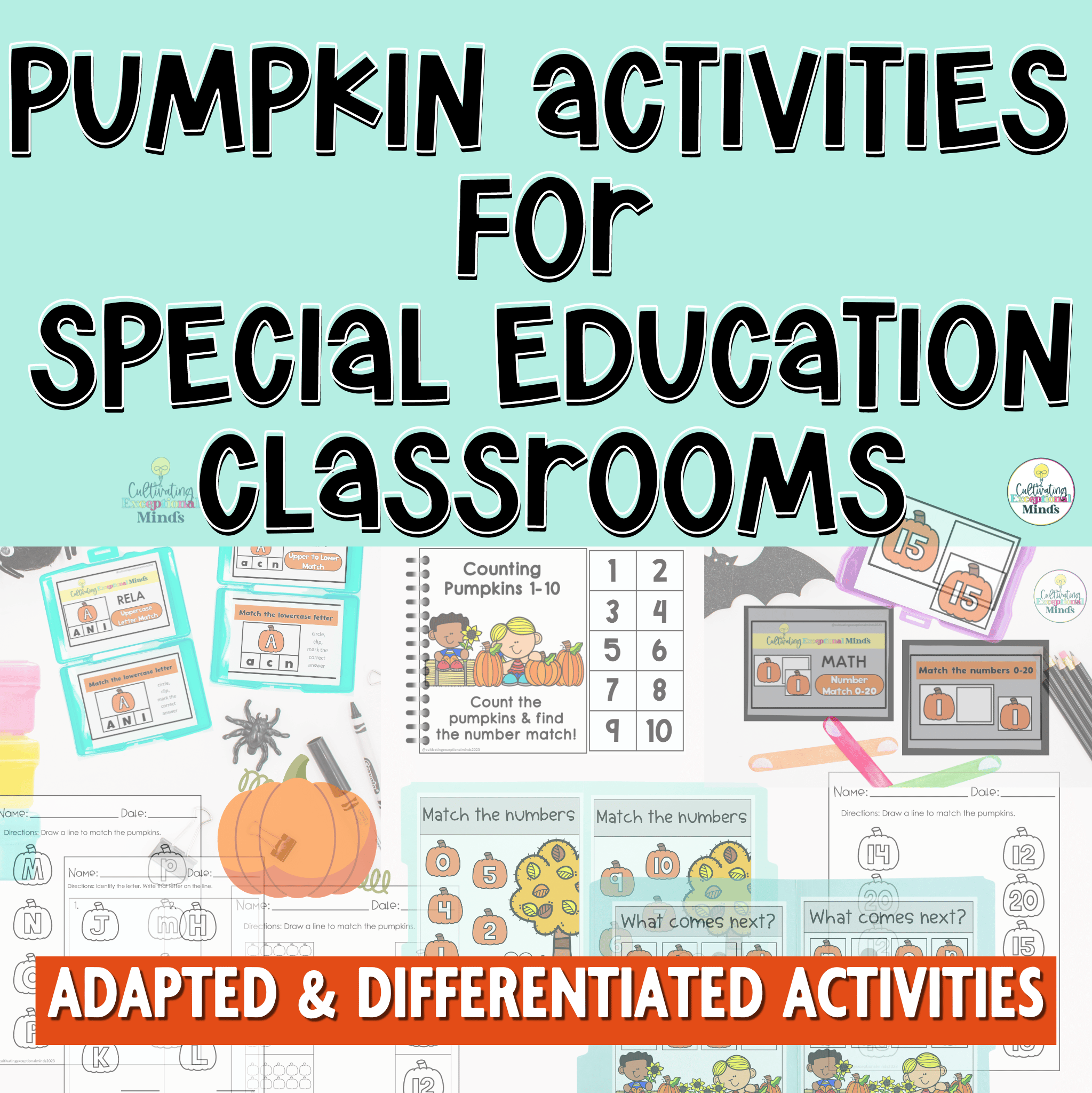Imagine using schedules in special education classrooms where every student is engaged, empowered, and knows exactly what to expect throughout the day. Structure, routine, and visual supports play a vital role in creating an inclusive learning environment for students with special needs. In this blog post, we will delve into the powerful tool of visual schedules and how they can transform your special education classroom. Get ready to unlock a world of structure, independence, and success!
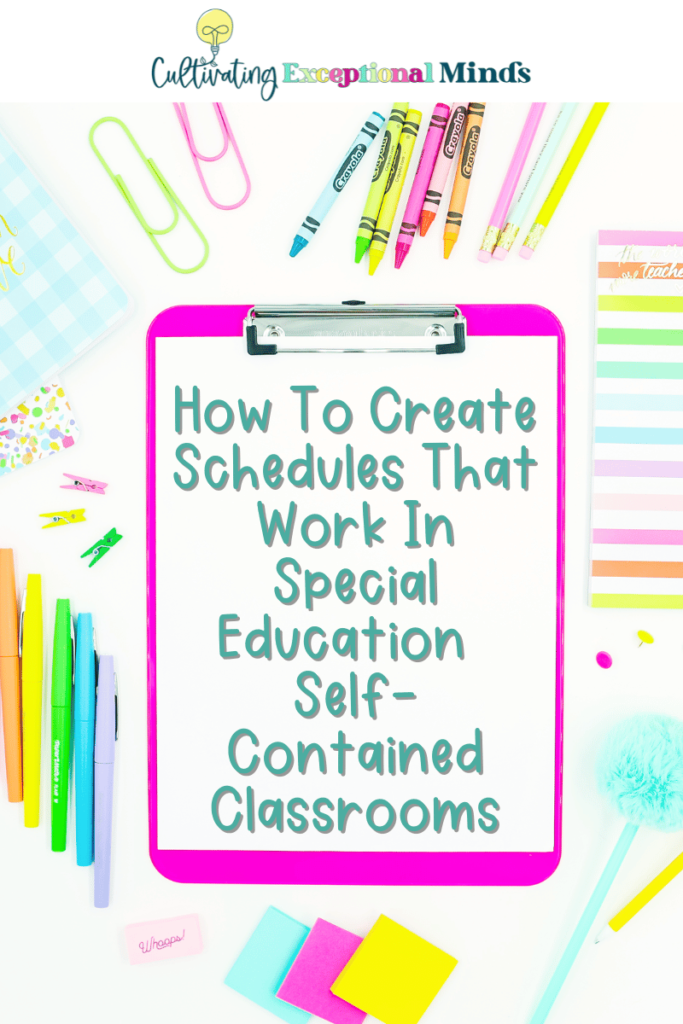
I. The Power of Visual Schedules
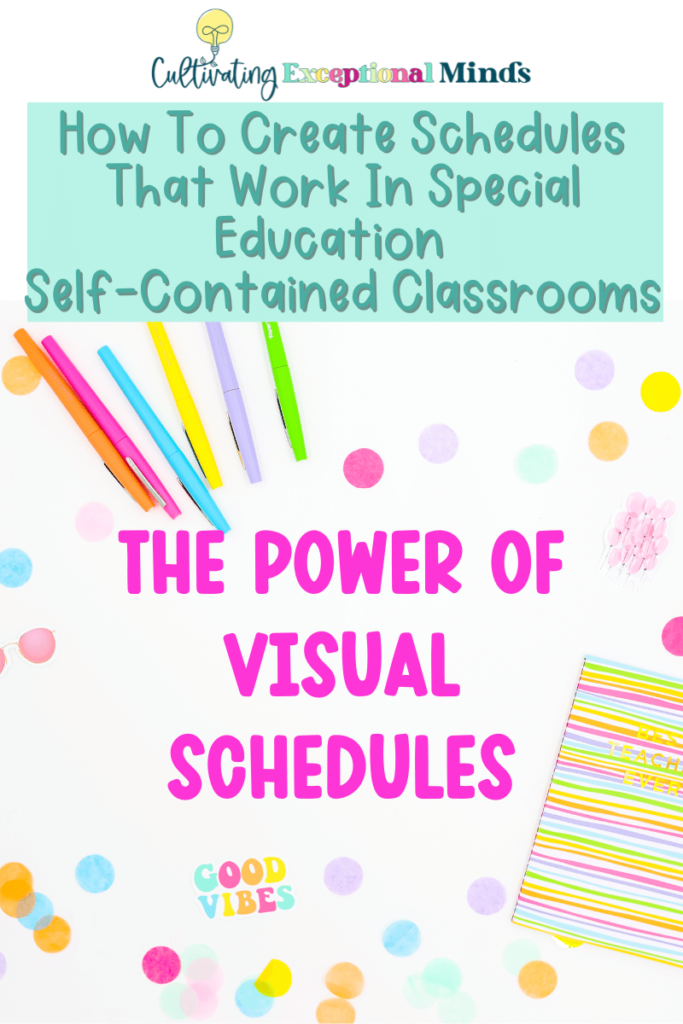
First and foremost, what are visual schedules?
Visual schedules are visual representations of a sequence of activities or tasks, using pictures, symbols, or words. They provide a clear and concrete way for students to understand what will happen throughout the day. The benefits of using schedules in special education classrooms are numerous. They promote predictability, reduce anxiety, improve transitions, and foster independence and self-regulation skills.
Emily’s Journey to Independence Emily, a student with autism, used to struggle with transitioning between activities and often experienced meltdowns. However, with the introduction of visual schedules in her classroom, she gained a sense of control and independence. By following the schedule, she knew what was coming next and could prepare herself mentally. Emily’s meltdowns decreased significantly, and she began actively participating in class activities.
How do I introduce visual schedules to my students?
Introducing visual schedules to students requires a systematic approach. Start by selecting appropriate visuals that represent the activities or tasks. Teach students how to use the schedule by modeling and providing guided practice. Gradually fade support as they become more familiar with the process.
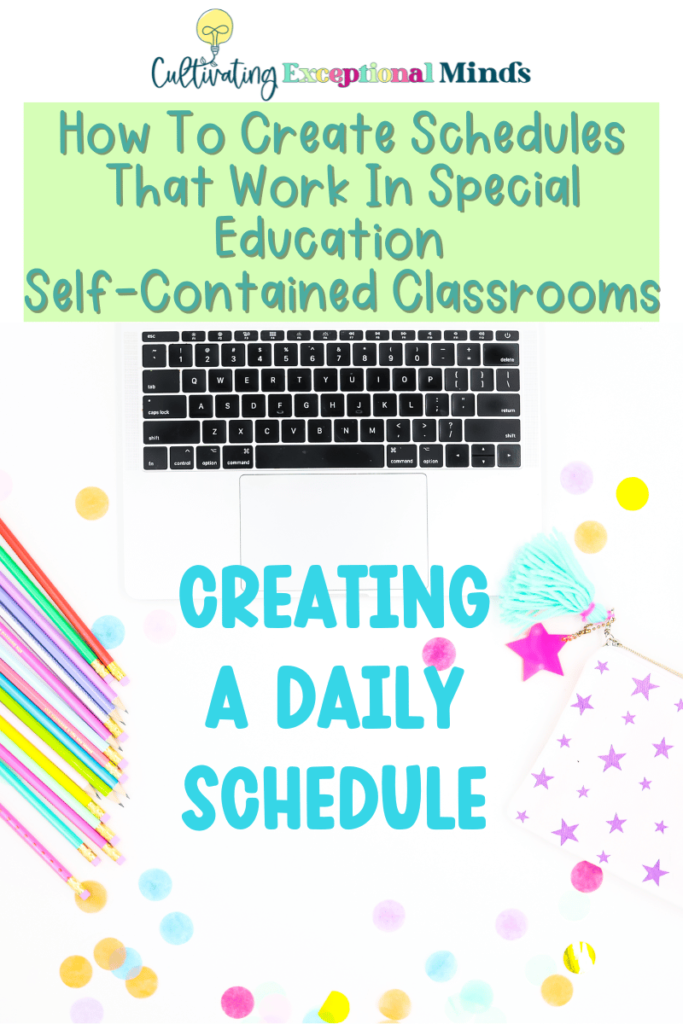
II. Creating a Daily Schedule
Next, let’s explore how to create a daily schedule that meets the unique needs of your students. When designing a daily schedule, several key considerations come into play. It’s important to consider the students’ developmental levels, individual goals, and the classroom’s routines and structure. By creating a well-structured schedule, you provide a framework for students to navigate their day successfully.
Example Visual Schedules for Different Classroom Settings
- Self-contained Classroom Schedule:
- Morning Routine: Arrival, Attendance, Morning Meeting
- Academic Time: Math, Language Arts, Science
- Specials: Art, Music, PE
- Lunch and Recess
- Independent Workstations: Task Bins, Computer Time
- Wrap-up: Review, Pack Up, Dismissal
- Individual Student Schedule:
- Individualized Morning Routine: Personal Care, Sensory Breaks
- Academic Time: Individualized Instruction, Small Group Work
- Therapies: Speech Therapy, Occupational Therapy
- Life Skills: Meal Prep, Social Skills
- Preferred Activities: Choice Time, Reinforcement
- Subject-specific Schedule:
- Math Schedule: Introduction, Guided Practice, Independent Practice
- Language Arts Schedule: Phonics, Reading Comprehension, Writing
- Science Schedule: Experiment, Discussion, Reflection
How do I individualize schedules for students with diverse needs?
Individualizing and Using schedules in special education classrooms are crucial to meet the unique needs of each student. Consider their strengths, challenges, and learning preferences. Modify visuals, provide additional supports such as timers or checklists, and include breaks or sensory activities as needed.
III. Implementing Visual Schedules
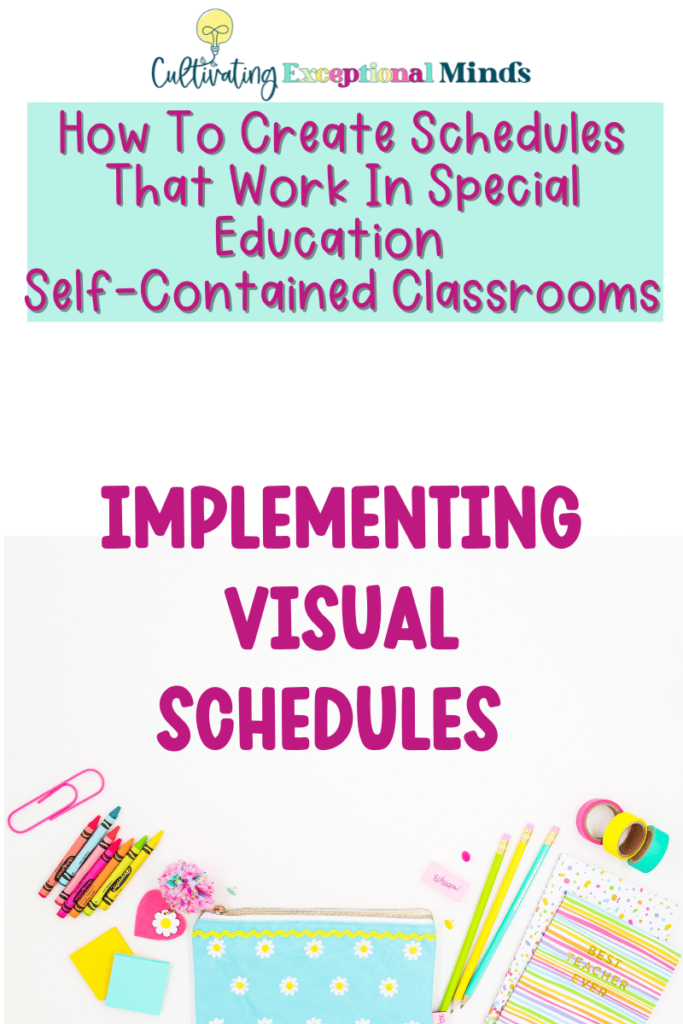
Furthermore, let’s explore how to effectively using schedules in special education classrooms. Introducing visual schedules to students requires a systematic approach and ongoing support.
Introducing Visual Schedules to Students
Start by explaining the purpose and benefits of the visual schedule to your students. Use simple language and visuals to make it accessible. Engage them in the process by allowing them to choose or create some of the visuals themselves.
Teaching Students to Use Visual Schedules
Provide explicit instruction on how to use the visual schedule. Teach students to navigate the schedule, check off completed tasks, and transition between activities smoothly. Use modeling, role-playing, and reinforcement to promote understanding and independence.
Strategies for Smooth Transitions
Smooth transitions are essential in maintaining the flow of the classroom. Incorporate transition strategies such as using transition cues, providing warnings, and incorporating transition activities or songs. These strategies help students anticipate and adapt to changes successfully.
Mia’s Journey to Organization
Mia, a student with executive functioning difficulties, struggled with transitions and often felt overwhelmed. However, with the implementation of transition strategies and visual supports, Mia gained a sense of organization and control. She became more confident and independent during transitions, which positively impacted her overall engagement and academic performance.
How do I address resistance or challenges when implementing visual schedules?
Some students may resist or face challenges when first introduced to visual schedules. Patience, consistency, and gradual exposure are key. Start with short periods of schedule use and gradually increase as students become more comfortable. Provide positive reinforcement and individualized supports to help them overcome any difficulties.
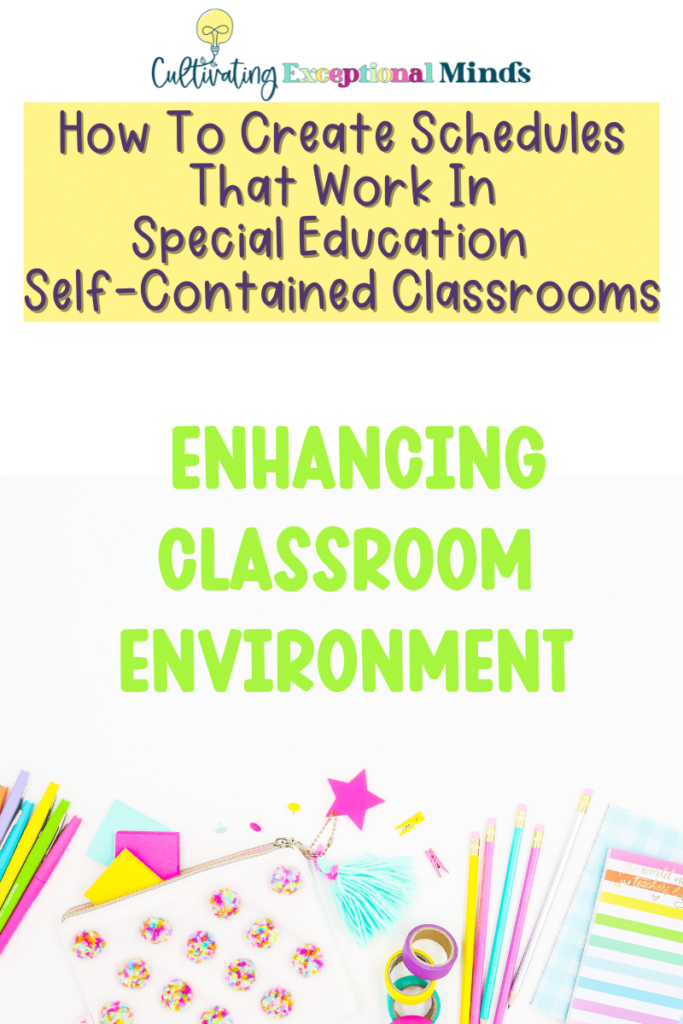
IV. Enhancing Classroom Environment
Moreover, let’s explore how to enhance the classroom environment using visual schedules. Creating a visually supportive classroom empowers students and promotes their overall success.
Creating Visual Supports:
Tips and Ideas In addition to schedules, consider incorporating visual supports throughout the classroom. Use visual cues for classroom rules, expectations, and procedures. Display anchor charts, labels, and step-by-step visuals to provide additional guidance and promote independence.
Collaborating with Students, Parents, and Support Staff
Involve students, parents, and support staff in the process of designing and implementing visual supports. Share the purpose and benefits of visual schedules, and encourage their input. Collaborating with all stakeholders helps create a consistent and supportive learning environment.
Incorporating Visual Schedules Across Subjects and Activities
Visual schedules can extend beyond daily routines. Incorporate them into specific subjects or activities, such as science experiments, group projects, or art lessons. By providing clear expectations and steps, visual schedules promote comprehension and success in various areas.
Josh’s Confidence Boost Josh, a student with a specific learning disability, often felt overwhelmed during group projects. However, with the use of visual schedules and step-by-step visuals, Josh gained a sense of structure and confidence. The visual supports helped him understand his role, follow the project’s progression, and effectively contribute to the team. As a result, Josh’s participation and self-esteem soared.
How do I adapt visual schedules for students with sensory sensitivities?
For students with sensory sensitivities, consider using visuals that are calming and visually soothing. Use muted colors, incorporate sensory breaks or activities within the schedule, and provide options for individualized supports, such as noise-canceling headphones or fidget tools.
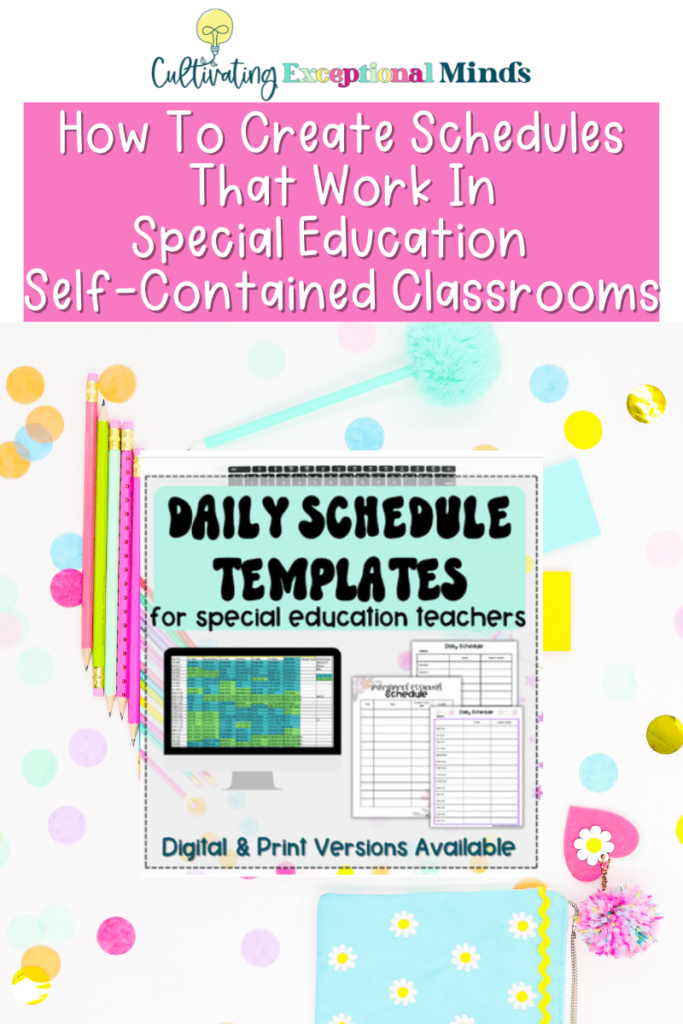
V. Empowering Students for Life
Lastly, let’s explore how using visual schedules in special education classrooms goes beyond academic success and empowers students for life.
Promoting Independence and Self-Advocacy
Visual schedules encourage students to take ownership of their learning and develop self-advocacy skills. As they become proficient in using schedules, they gain confidence in managing their time, tasks, and responsibilities independently.
Generalizing Skills Beyond the Classroom
The skills students develop through visual schedules can extend beyond the classroom setting. Encourage students to use schedules at home, during extracurricular activities, and in other environments. This generalization promotes consistency and reinforces their independence. Check out this blog post for more
Celebrating Successes and Making Adjustments
Acknowledge and celebrate students’ achievements and progress in using visual schedules. Regularly review and update schedules to reflect evolving needs and goals. By making adjustments based on feedback and observation, you ensure that schedules remain effective and meaningful.
How will visual schedules transform your classroom?
Reflect on the potential impact of using schedules in special education classrooms. How can they support your students’ individual needs, foster independence, and create a positive learning environment? Share your thoughts in the comments below!
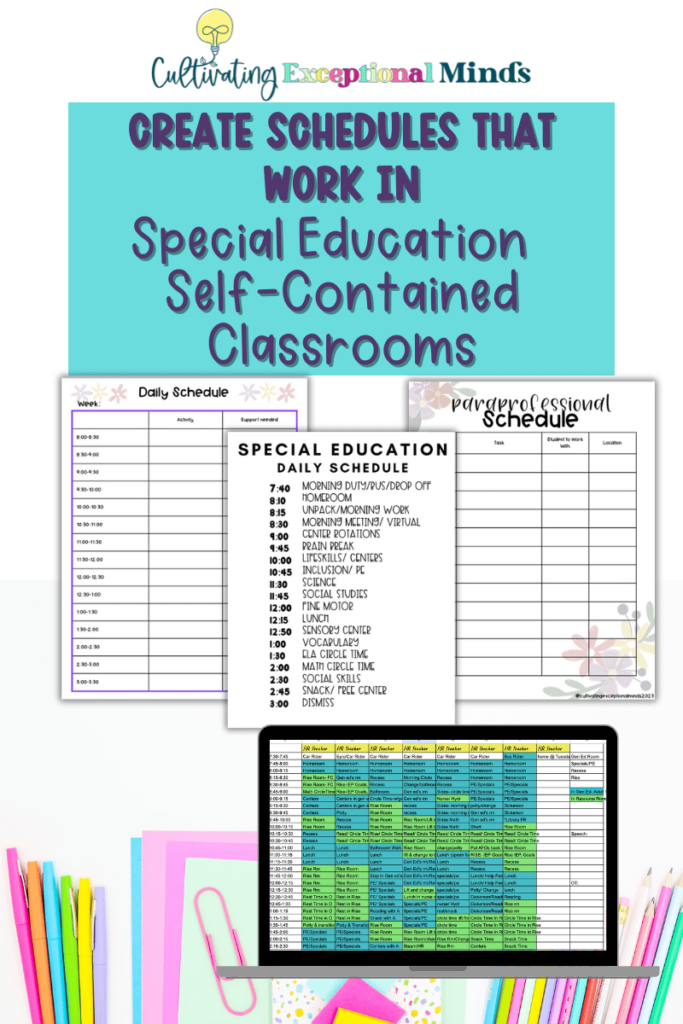
Ready to unlock the potential of visual schedules in your special education classroom? Connect with Cultivating Exceptional Minds for personalized support and resources to enhance your teaching journey. Don’t forget to check out our Special Education Classroom Schedule Template in the TPT shop, designed to streamline your scheduling process and promote student success. Let’s embark on this transformative adventure together!
